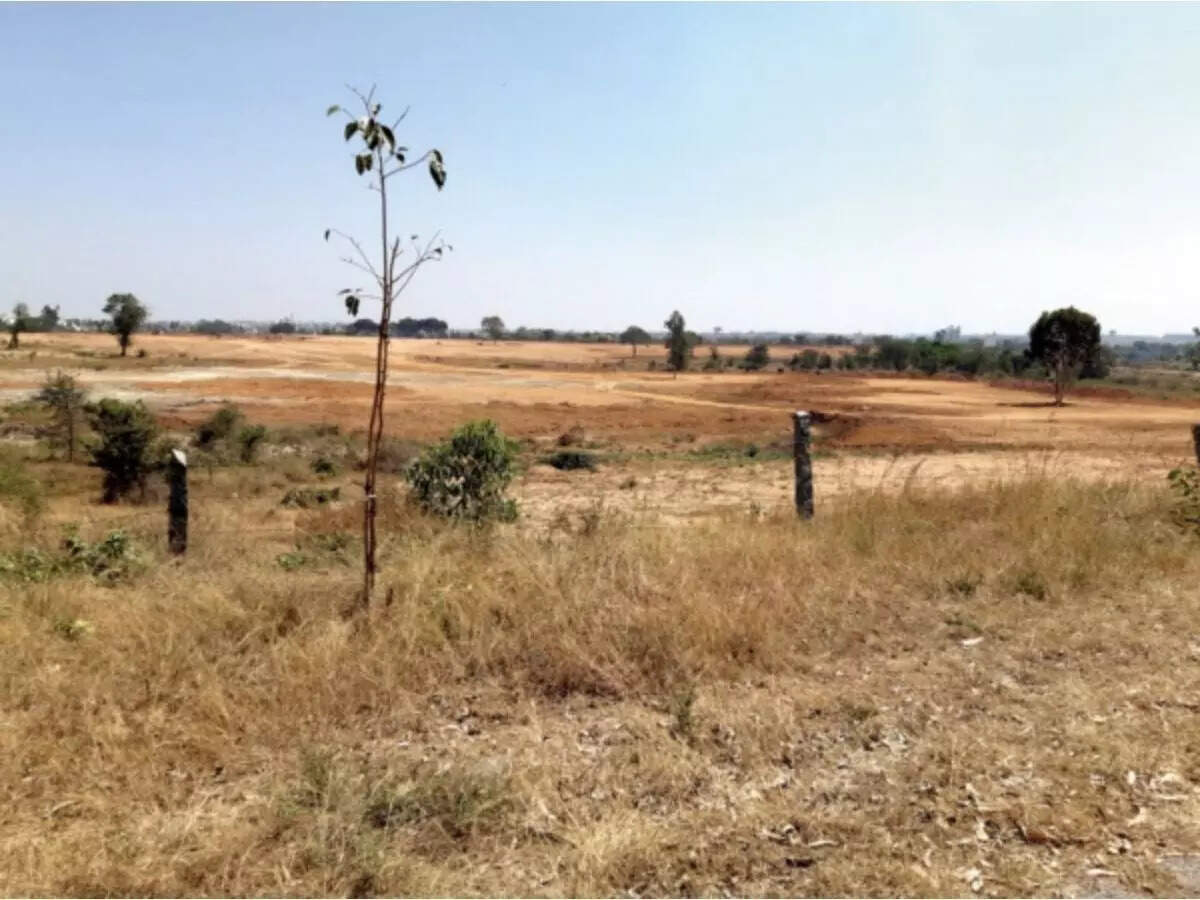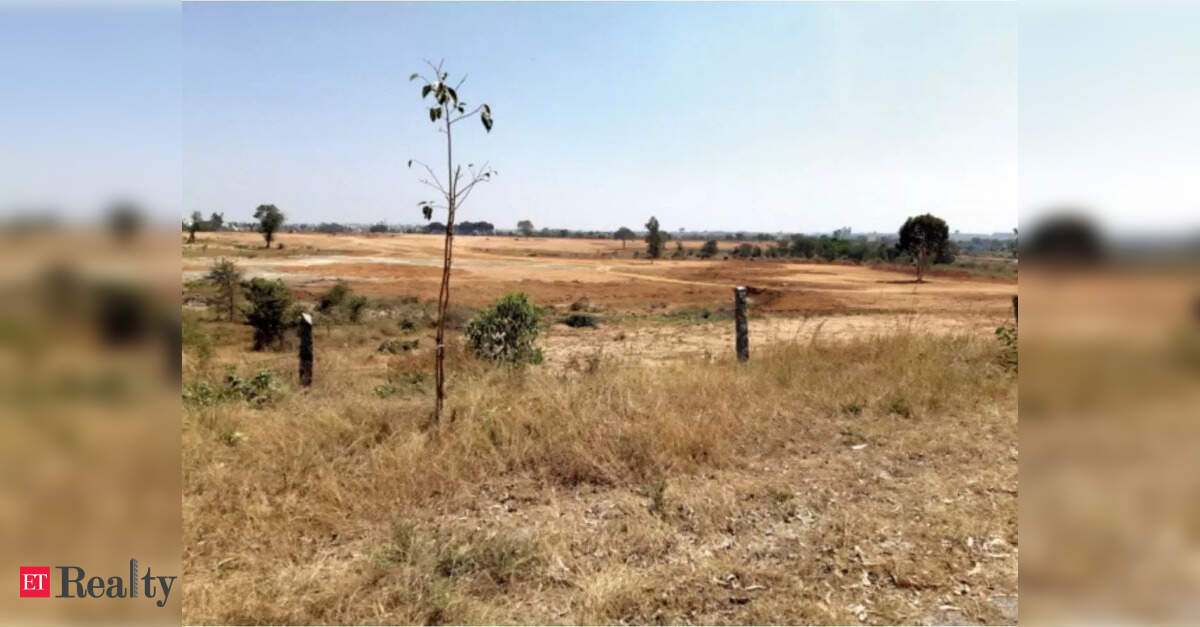
VIJAYAWADA: The state government has instructed municipal commissioners and urban development authority vice-chairpersons to address all outstanding applications under the Layout Regularisation Scheme (LRS).
In light of the cabinet’s recent endorsement of the proposal, the municipal administration department has disseminated comprehensive guidelines for the implementation of the LRS regulations. This initiative is expected to benefit plot owners in unauthorized layouts covering approximately 18,000 acres statewide.
As per reports, the Director of Town and Country Planning (DTCP) provided the state government with data indicating that around 14,535 unauthorized layouts, spanning nearly 78,452 acres, were recorded in the UCIMS app by Urban Local Bodies (ULBs) and Urban Development Authorities (UDAs). Consequently, real estate organizations such as CREDAI and NAREDCO have urged the government to launch a new layout regularization scheme by extending the cut-off date to allow for the consideration of unauthorized or unapproved plots.
The DTCP highlighted that numerous unauthorized layouts and constructions have proliferated over time, resulting in significant revenue losses. Many individuals lacked awareness of the scheme and were unable to apply for plot regularization, leading to challenges in acquiring building permits.
The director proposed amending the Andhra Pradesh Regularisation of Unapproved Layouts and Plots Rules, 2020 (LRS-2020) to extend the cut-off date to June 30, 2025. This amendment aims to alleviate revenue loss and incorporate unauthorized developments into legal and planning frameworks to promote orderly urban growth.
After evaluating the DTCP’s findings and requests from real estate associations, the government revised the LRS-2020 regulations. The modifications extend the cut-off date to June 30, 2025, to facilitate the inclusion of unauthorized layouts and plots within the planning framework. Principal Secretary S. Suresh Kumar stated that the updated regulations will apply to all existing unapproved subdivisions, layouts, and ventures initiated by landowners, private developers, companies, property developers, or societies, where plots were registered through sale deeds prior to June 30.




